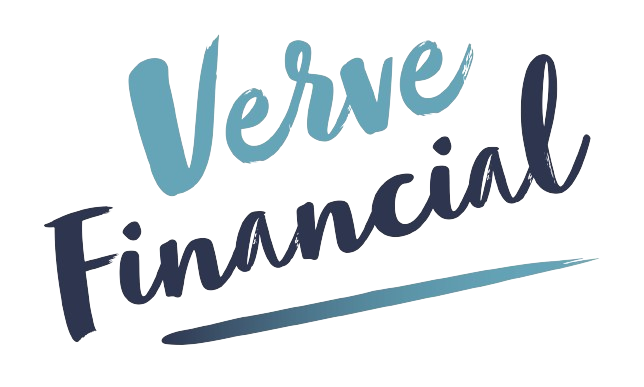Author

Michelle Boakes
Chartered Financial Planner
Michelle started working in financial services in 2008, before becoming a Mortgage Advisor in 2011 and qualifying as a Financial Adviser in 2018. Michelle’s role is to meet with clients to discuss their goals and ...
As you probably know, the coronavirus pandemic has had a significant impact on the UK economy throughout 2020 and 2021. According to figures from the Office for National Statistics (ONS), published in the Guardian, the UK economy shrank by 9.9% in 2020. While there has been some recovery since the initial drop in spring of 2020, the UK’s GDP has still not grown past its pre-pandemic level. As a result, some economists are predicting that the economy may undergo further trouble as a result of the pandemic. One of the pieces of jargon that you may have come across in headlines is the potential for “stagflation”, but it isn’t immediately obvious what this is. Read on to find out everything you need to know.
Stagflation is when the economy suffers from economic stagnation and high unemployment
To put it simply, stagflation is when the economy is plagued by the twin issues of high unemployment (or economic stagnation), and a high rate of inflation. This can be a serious concern for governments as it can lead to a lengthy recession if not carefully managed. For a long time, many economists were sceptical about whether such a phenomenon could even exist. However, stagflation proved to be very real and first reared its head in the 1970s, affecting many nations in the western world. In the UK, the phenomenon was particularly noticeable. For example, according to figures from the ONS, the UK’s GDP shrank by 2.5% in 1974 while, at the same time, the Consumer Price Index measure of inflation rose to 15.5%.
Traditionally, many economists thought inflation and unemployment were inversely related
At this point, you might be wondering why economists were caught unaware by the prospect of stagflation. The simple explanation is that it went against the accepted economic theories of the time. Essentially, back then many experts believed that unemployment and inflation had an inverse relationship – as one went up, the other would go down. The way they understood the issue of inflation was something like this:
- The economy struggles and this leads to a rise in unemployment.
- As unemployment rises, consumer spending falls.
- Falling demand means that retailers must lower their prices to stay competitive.
- This results in lower inflation.
This might seem like it makes logical sense but, unfortunately, economics isn’t always an exact science.
There are several potential explanations for why stagflation happens
There are many suggestions from the different schools of economic theory as to what causes stagflation. There are essentially three main theories: an increase in the price of fuel, too much money in the economy, and government mismanagement. An increase in the price of fuel The first explanation boils down to the idea that when there is a sudden change in the price of fuel, there is a knock-on effect to the price of everything else. For example, if it costs more to transport food to the supermarket, the retailer will put the price up to reflect this. This can lead to higher prices regardless of other economic trends. Too much money in the economy The second explanation essentially states that stagflation occurs whenever the supply of money expands while supply of goods decreases. For example, if the government printed more money while also raising taxes, this would both increase the amount of money in circulation while also hampering economic growth. Theoretically, this could lead to stagflation. Government mismanagement The third and final explanation is that stagflation is the result of economic mismanagement by the government, meaning that there is some overlap with the second explanation. Essentially, economists who subscribe to this theory blame over-regulation and restriction of markets, causing an economic downturn.
Higher inflation could erode the true value of your wealth
The reason why stagflation is so potentially dangerous is that is an economic contradiction – high unemployment coupled with a rise in the cost of living. This can potentially lead to a significant economic downturn and risks becoming a self-perpetuating cycle. While this is likely to affect lower earners the most, it could also have a significant impact on wealthier people due to the rise in inflation. As you may know, inflation erodes the true value of wealth over time. The Bank of England’s inflation calculator can be a useful tool for seeing what this means in practice. For example, in 1990 if you wanted to buy £10,000 worth of goods and services, it would have cost you £10,000. To buy the same goods and services now, however, would cost you £23,244 due to an average rate of inflation of 2.9% over that period. If inflation did rise, you might be sensible to seek professional advice to avoid inflation eating into your wealth. For example, an expert may recommend that you raise your risk tolerance for investments, which could potentially see greater returns. No matter how the economy changes, working with a financial planner can give you a greater sense of confidence and security, helping you to grow your money in the long term.
Get in touch
If you want to know more about how working with a financial planner can help you avoid the potential effects of inflation, get in touch. Email us at office@verve-financial.com or call 0330 320 5048.
Please note:
The value of your investment can go down as well as up and you may not get back the full amount you invested. Past performance is not a reliable indicator of future performance.
This item was correct at the time of writing and the information contained may no longer be up to date.

